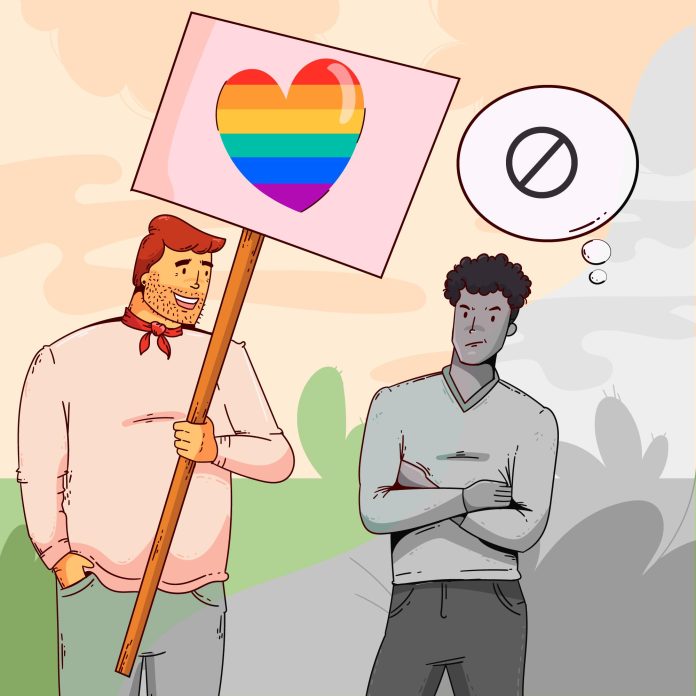LGBTQIA+ harassment among young people today has concerningly grown in recent years, indicating a problem that society has to resolve. Even with advances in LGBTQIA+ recognition and rights, instances involving bias and offensive language keep going, often due to miscommunication, prejudices or illiteracy.
One cannot overestimate how much language shapes views and beliefs. When someone is the victim of LGBTQIA+ defamation, they are called names, vulgarities, and other insulting phrases because of their gender identification, sexual preference, or mode of representation. This kind of communication feeds into an environment of isolation and promotes negative preconceptions.
The emergence of social media has provided an environment for a range of points of view, but it additionally serves as an environment for LGBTQIA+ defamation. Sadly, incidents of statements of hatred, cyberbullying, and disparaging remarks aimed at LGBTQIA+ people are not uncommon. Online platforms’ privacy can encourage individuals to speak negative opinions that they might not have in person.
When a high school student comes out as gay, they are confronted with constant online harassment, which includes hurtful remarks and memes, which has an adverse impact on their mental health. Priyanshu Sharma a 16-year-old boy killed himself, disregarding words from others encouraging him to pass away. Peers constantly make fun of transgender students and use derogatory language, which creates a hostile climate in the classroom.
Beyond only unpleasant words, defaming LGBTQIA+ people can have detrimental effects on people’s mental health and general well-being. Unfortunately, encounters with discrimination and disparaging comments are linked to a higher incidence of depression, anxiety, and thoughts of suicide.
In order to combat the growing incidence of LGBTQIA+ harassment among today’s youngsters, an integrated approach is required. This entails establishing safe spaces for candid conversation, encouraging compassion and understanding, and providing comprehensive training on gender identity and sex orientation. To create a culture that values diversity and strongly opposes discrimination, neighbourhoods, educational institutions, and internet platforms need to work together.
The prevalence of LGBTQIA+ defame among young people today highlights the continued struggles that The LGBTQIA+ population faces. Through analyzing situations and acknowledging the importance of the problem, we may all strive to promote tolerance, understanding, and compassion. Society must acknowledge the negative consequences of negative speech and take proactive steps to foster an environment in which individuals of all sexual orientations and gender identities are allowed to thrive without fear of discrimination.





























